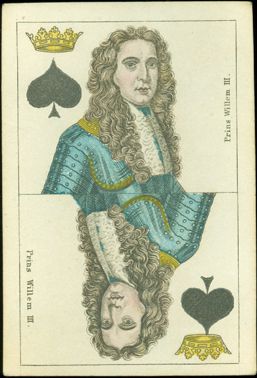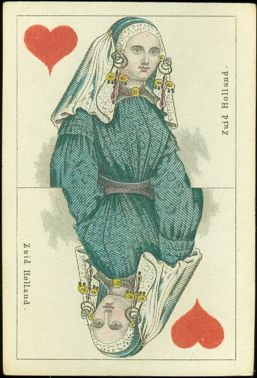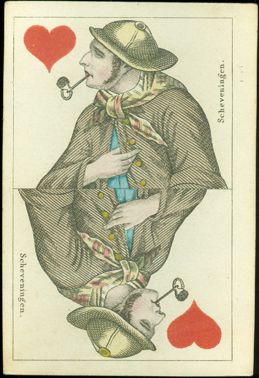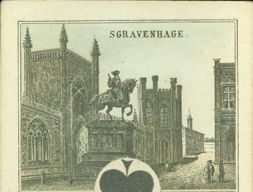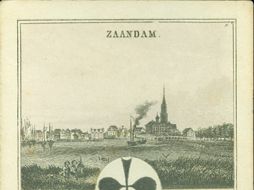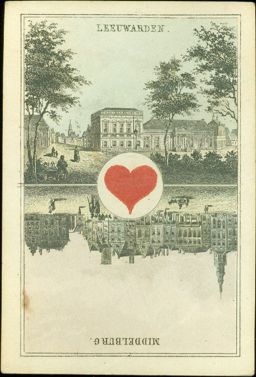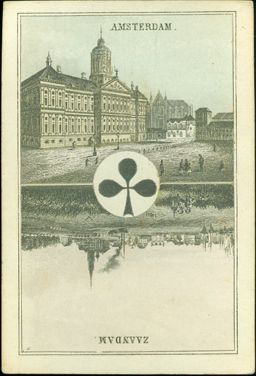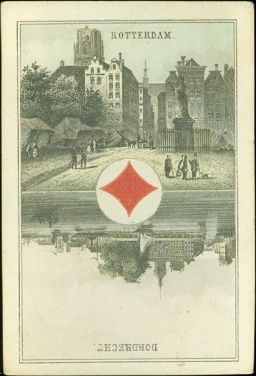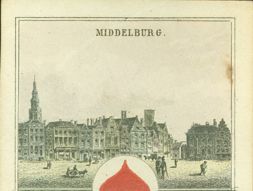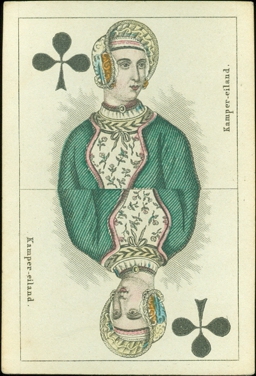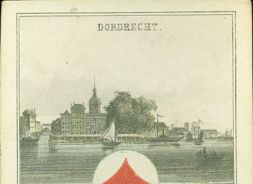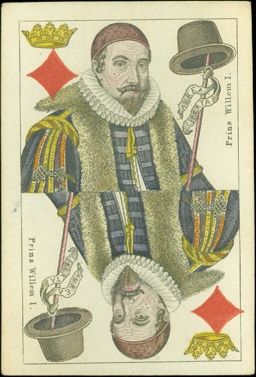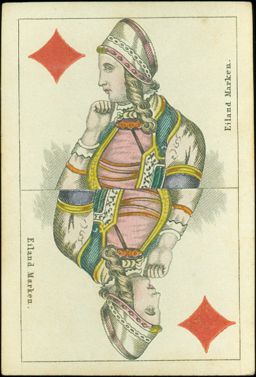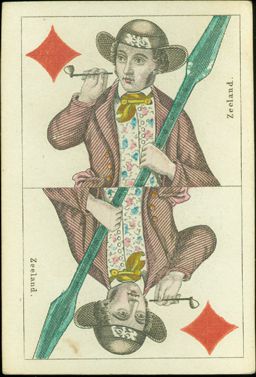October
2015
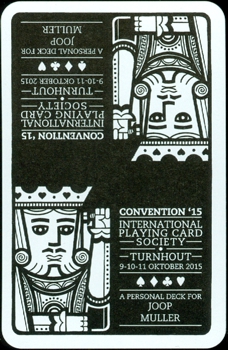 |
We'll
start with a "Card of the Month" here. It doesn't happen very
often, but this month there was a good reason to show one here again.
It's a souvenir from this year's IPCS convention in Turnhout, Belgium.
It wasn't in the goody bag, but was presented to those members who had
the once in a lifetime opportunity to visit the Carta Mundi factory
there. Carta Mundi is one of the world leaders in the manufacturing of
playing cards and the company doesn't usually allow a visit, but for
this occasion they made an exception and we got a complete tour of the
factory and offices. At the end of our visit there were sandwiches and
soft drinks, but to our surprise each visitor also received a personal
deck, with his or her name on it. Not only on the box, but on the backs
too! |
|

|
|
During the
last trading session at the IPCS convention we had already seen this
interesting deck on offer. It looked quite similar to a deck that we had
bought several years ago, but had the name of "Gustav Lenssen"
on one of the cards ánd it came with the original wrapper, which also
had the name "G. Lenssen" on it, together with the name of the
deck. The deck wasn't sold at the trading session, so we had a few days
to think about this offer and we decided to buy the deck after all. The
seller was a long time Dutch collector, Paul Symons, and he had several
different editions of this portrait by different makers, but this
Lenssen deck brought some confusion about the dating of the other
editions. Paul and Joop decided to do some further research into this
pattern together. |
To illustrate
the confusion: our first deck was bought from a German collector, who stated
that the deck was made by Lattmann around 1870. It came without a wrapper or box,
so there was no easy way of checking his information. We found pictures of a few
cards in a book about Belgian playing cards, but that didn't give any decisive
info about our deck. It wasn't until we had bought Luc Biebouw's book about
Belgian playing cards in the beginning of this year, that we became aware that
our deck wasn't made by Lattmann, but by the Belgian manufacturer Brepols &
Dierckx. It was dated there as around 1880 (Belgische Speelkaarten, Biebouw,
BD15, p.81).
The aces show
scenes from different Dutch cities. We've shown the upside down views here
separately.
There are two apparent differences
between the Brepols & Dierckx deck, which we already had in our collection, and this deck. The ace of hearts in this
deck shows scenes from Leeuwarden (Frisia) and Middelburg (Zealand). In the
Brepols & Dierckx deck the scenes are from Leyden and Utrecht. Another
distinguishing difference is the cap of the queen of clubs. Here she wears a low cap,
but in the Brepols & Dierckx deck her cap is much higher. The different ace
and low cap also appear in a deck that was made by Biermans and is usually dated as around 1880 (Turnhoutse Speelkaarten, Autenboer/Cremers, 133, p.124).
Our deck is an
"hombre" deck, so it consists of 40 cards: courts and aces with pip
cards 2 - 7.
Not visible on the scans, but a luxurious touch: solid gold edges all around.

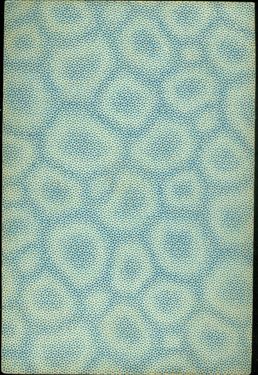
The wrapper shows
the portrait of Prince William of Orange (1533 - 1584), who is also known as
William the Silent. He is considered to be the founding father of the later
Netherlands, being the Stadtholder (a sort of viceroy) to start a war in 1568 against its landlord,
the Spanish empire under King Philip II. This war is known as the Dutch Revolt
and it lasted about 80 years before independence was declared in 1648 for the
Republic of the Seven United Netherlands (also known as the United Provinces),
which was already founded in 1588. His heraldic device was "Je
maintiendrai" (I will uphold), but in this pack he is depicted with a
banner, which says "aurea libertas". It refers to the "Golden
Liberty", a political system in the Kingdom of Poland in the 16th century,
in which the nobles had extensive rights and privileges and elected the king.
This system must have been his inspiration to engage in a war with his king,
Philip II of Spain. Note that on the wrapper there's no crown above the pip.
The other Princes of Orange are
Prince Maurits (the son of William I), who was Stadtholder from 1618 - 1625, Prince Frederik
Hendrik from 1625 - 1647 and Prince William III, who began his career in 1672
as Stadtholder of Holland, Zealand and Utrecht and in 1696 of the Republic of
the Seven United Netherlands. In 1689 he had also been crowned as King William
III of England, Scotland and Ireland. In Scotland he was nicknamed King Billy, although
his formal title there was King William II.
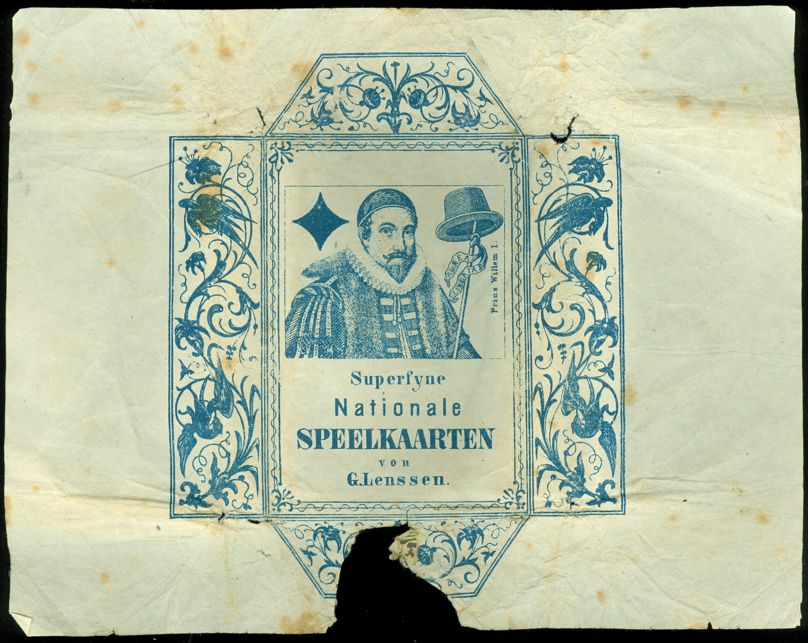
So why is this
deck confusing in terms of dating?
It is the first
known deck of which the name G. Lenssen has been printed on the wrapper. The
present documented information about this playing card "factory"* from
Maastricht (Netherlands) is that his company existed between 1838 and 1859. In
1860 the son of Gustav Lenssen, Oscar, founded a playing card company in
Zevenaar (Netherlands) under the name Oscar Lenssen & Co. This company took
over and incorporated the Lenssen factory in Maastricht and the sales office of
Lenssen & Gundlach in Düsseldorf (Germany). The presence of this wrapper
would suggest that the deck was made in 1859 at the latest.
The 2 Belgian decks, by Brepols & Dierckx and by Biermans, have always been
dated as around 1880. The design of the courts and aces of the Lenssen deck
are a match to those used in the later (?) deck by Biermans. In regard to
the deck by Brepols & Dierckx we had already made a remark in one of our
xpo's about the view of the Royal Palace in Amsterdam, which was in our opinion
older than the date of the deck. And we can make that same remark about that
view of Amsterdam on the ace of clubs in this deck. If that scene was based on a
somewhat contemporary view, it should have shown the statue of "Naatje"
in front of the royal palace.
This statue was officially called "Eendracht" (Unity), but was soon
commonly known as "Naatje". It was erected in 1856 to commemorate the
25th anniversary of a short, but military successful raid against a
Belgian upraise in 1830, that nevertheless lead to the sovereignty of Belgium.
Maybe it was because the artist who designed the statue was Flemish, but his
chosen material was of such poor quality that the statue had to be removed from
the square in 1914. Parts came loose, a whole arm fell off and it was considered
a danger to the public by that time. "Naatje" is still used in a Dutch
expression to say that something is bad or poorly done, but the short presence
of this statue on the Dam square provides a usable time window.
Therefore the use of this view on the palace could indicate that the deck
has been designed before or around the time that the statue was erected, so sometime
in the 1850's. This would be consistent with the publication by Gustav Lenssen,
but doesn't explain the later dates of the 2 Belgian decks. We both have
theories about this issue, but in order to find some answers Paul Symons and Joop
will do some further research in the archives of the National Playing Card
Museum in Turnhout in December and will add any further findings here then.
* I've put
factory between quotation marks here, because there is doubt about the actual
production of playing cards by this "playing cards factory". It's well
possible that Gustav Lenssen has only commissioned and published decks, but that the actual printing was done
by a Belgian or German manufacturer.
BACK TO PRESENT MONTH

